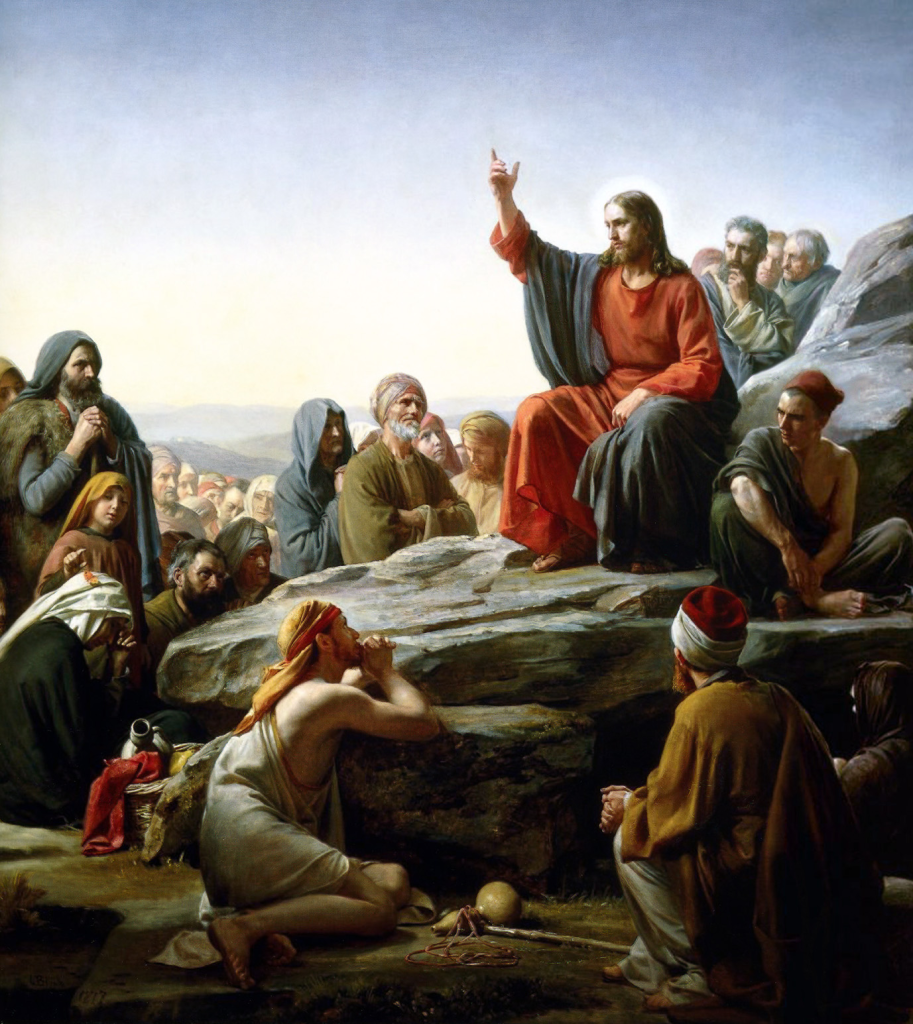
What if Jesus’ existence were not only a matter of faith, but of tangible, physical evidence? For centuries, sceptics and believers alike have argued over whether the central figure in Christianity ever even set foot on earth. Meanwhile, theology struggles with divinity, archaeology, and history have been digging sometimes literally behind the scenes for clues.
From ancient inscriptions to long-lost towns, a quilt of findings is presenting historians with more to do than at any point in history. Some have surrounded controversy, others acceptance, but collectively, they cast an intriguing picture: Jesus of Nazareth was not merely a man of the bible, but an individual who existed in a distinctly temporal and spatial context.
Here’s a closer examination of the most captivating bits of evidence, ranging from relics to ruins to ancient texts that persist in driving the discussion.
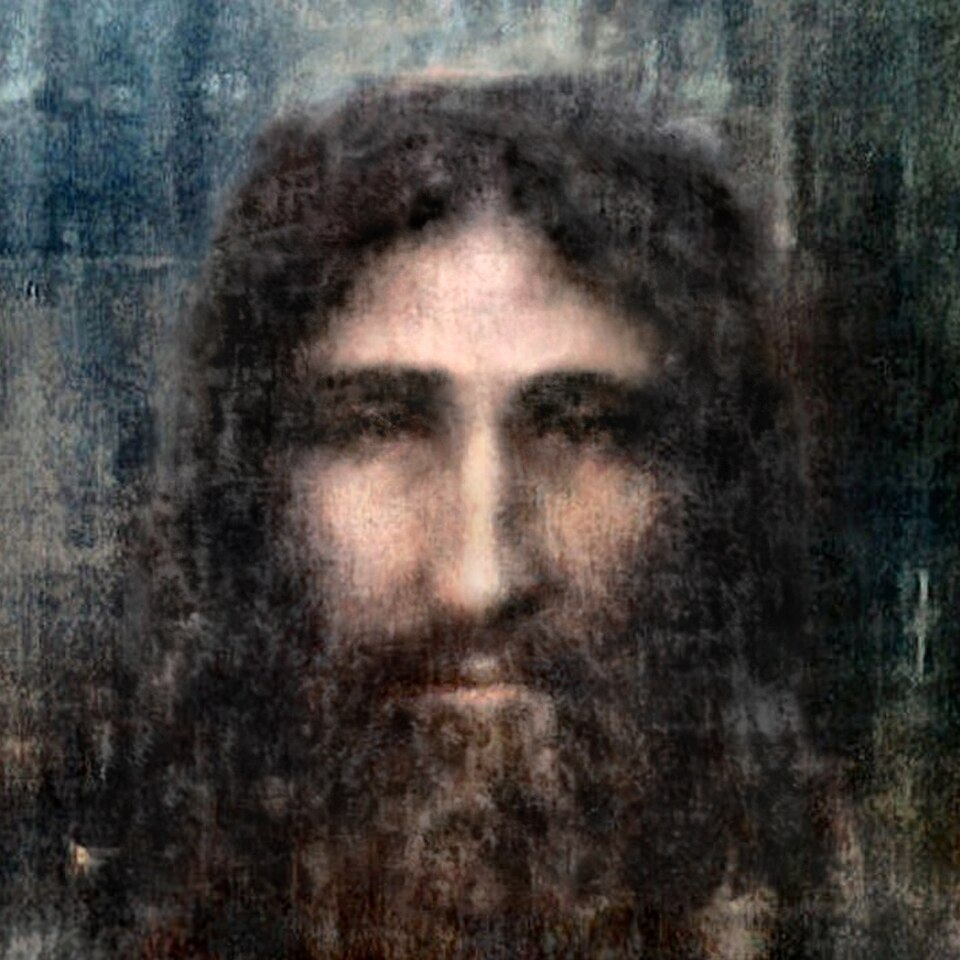
1. The Shroud of Turin’s Perpetual Enigma
Few artefacts evoke as much interest as the Shroud of Turin, a 14-foot linen cloth with the faint imprint of a crucified man. Stored in Turin’s Cathedral of San Giovanni Battista since 1578, it exhibits markings that are similar to scourging, thorn wounds, and bloodstains. Photography showed the image to be a reverse negative in 1898, causing decades of controversy.

1988 radiocarbon dating indicated the cloth was between 1260 and 1390 CE, with a medieval origin. However, more recent methods, such as a 2022 wide-angle X-ray scattering examination, determined the linen structural decay was “fully compatible” with samples that had been dated to 55–74 CE, leaving open the possibility of contamination of previous results. Digital modelling by Cicero Moraes even suggested it might have been created with a low-relief sculpture instead of an actual body. Whether relic or masterpiece of Christian art, the shroud is an unyielding, physical connection to the crucifixion narrative.
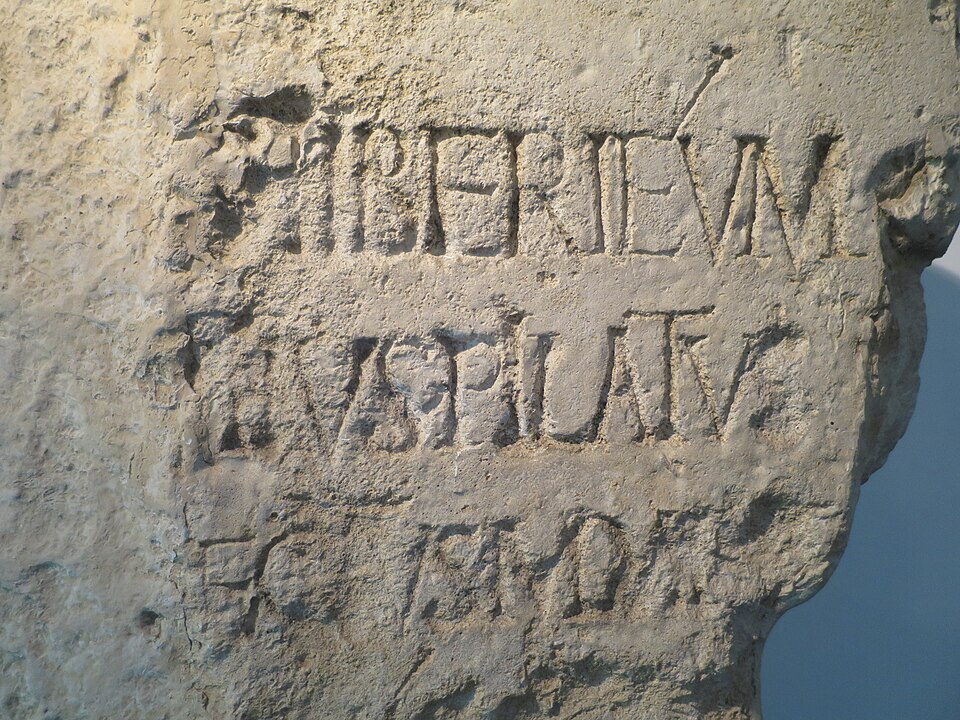
2. Pilate Stone’s Identification of a Biblical Figure
Pontius Pilate’s historical existence was, until 1961, based solely on ancient writings. This was altered when archaeologists in Caesarea Maritima excavated a limestone block bearing his name and title: “Pontius Pilate, prefect of Judaea, has made this Tiberieum and dedicated it to the Augustan gods.”
Dating back to Pilate’s lifetime, the stone is the sole archaeological trace of the Roman governor who, in accordance with the Gospels, oversaw Jesus’ trial. Its preservation was due to a piece of luck it had been reused in a fourth-century staircase, inscription downwards, which saved it. Today, in Jerusalem’s Israel Museum, it grounds the Gospel story in the world of documented history.

3. Nazareth’s First-Century Footprint
Some skeptics once claimed Nazareth was a later Christian invention. Excavations over the past two decades have put that theory to rest. Work at the Church of the Annunciation, the Sisters of Nazareth convent, and the International Marian Centre has revealed first-century homes, storage pits, wine and olive presses, and limestone vessels typical of Jewish purity practices.
Discoveries include coins between 100 BCE and 100 CE and household buildings indicative of a small, farming population of some 50 humble homes. As archaeologist Yardena Alexandre wrote, there’s “nothing inconsistent with the presentation of Nazareth in the Gospels.” This testimony not only confirms the town’s presence during Jesus’ time but also its thoroughly Jewish cultural background.
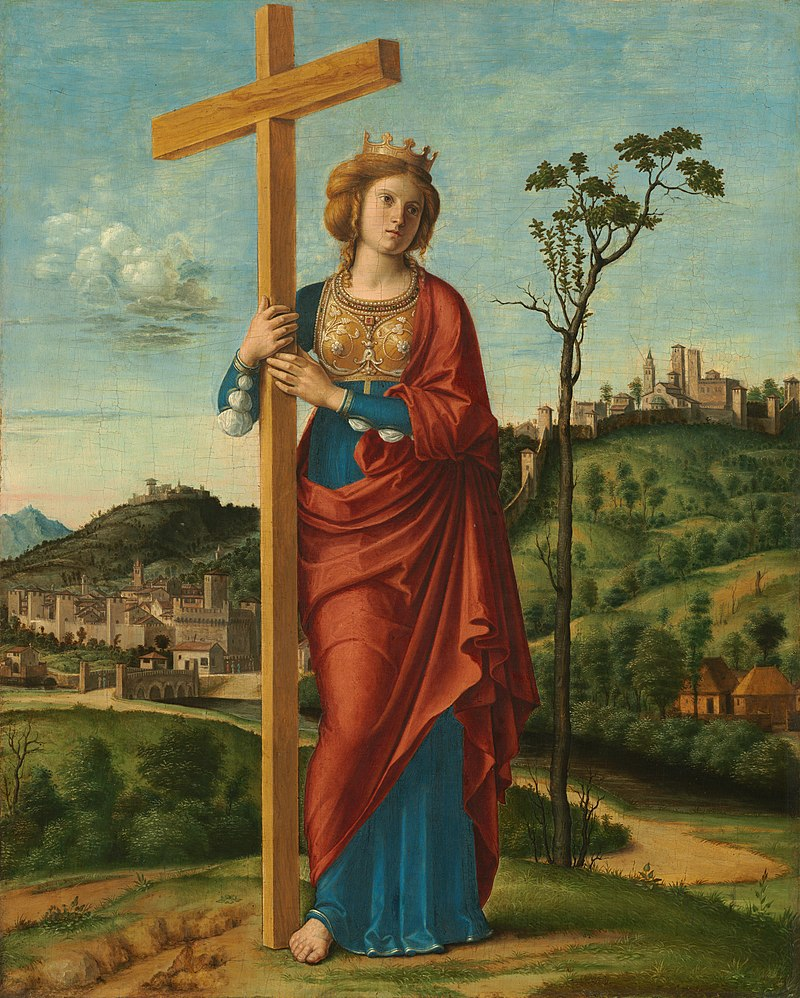
4. Relics of the True Cross
From medieval reliquaries to church fragments across the globe, centuries have seen the veneration of pieces of the so-called True Cross. The mythology goes back to St. Helena’s pilgrimage in the fourth century, when the cross supposedly was found by her in Jerusalem. Skeptics such as Erasmus quipped that the mass of claimed fragments would fill a ship.
But 19th-century scholar Charles Rohault de Fleury calculated known relics and arrived at a total volume for them of hardly a quarter of a whole cross, and thus it is left open to authenticity. Although no fragment can be appropriately attributed to Jesus’ crucifixion, the tradition that attaches to them acknowledges the early and general Christian urge to hold on to tangible links with the Passion.
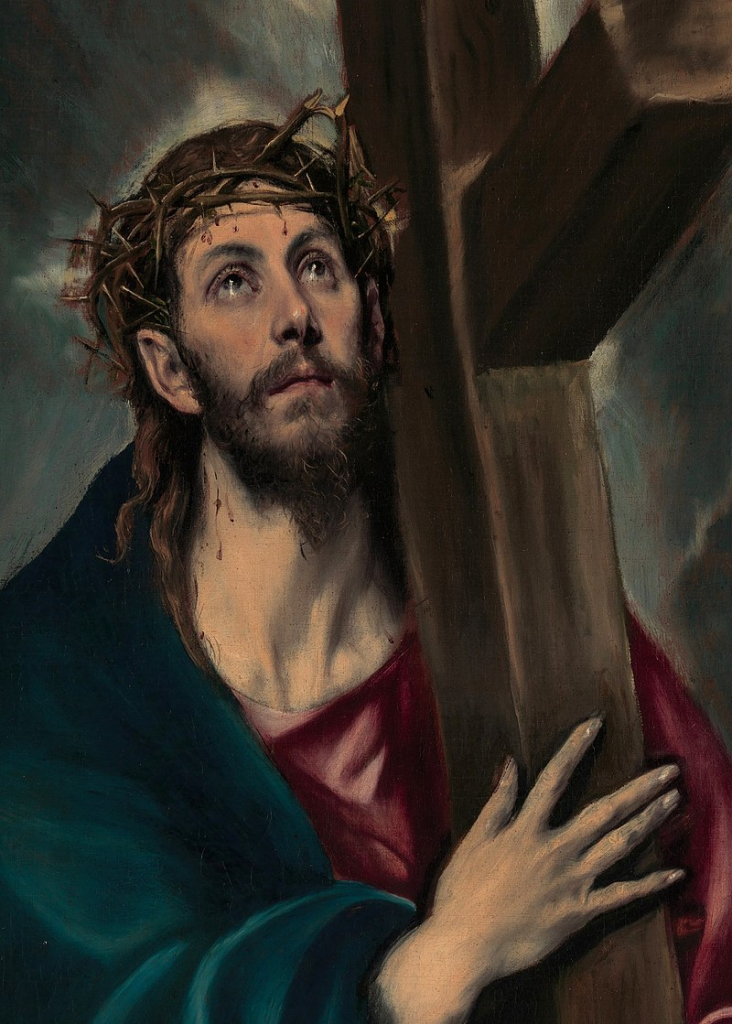
5. The Crown of Thorns at Notre Dame
Mounted in a gilded reliquary, the Crown of Thorns at Paris’s Notre Dame Cathedral has a history documented to the fourth century, brought to France in 1239 by King Louis IX. Saved from the 2019 fire by clergy and firefighters, it is still one of Christianity’s most sacred relics.
While there is no physical evidence that it covered Jesus’ head, its longevity against wars, revolutions, and catastrophes makes it a powerful symbol. Roman soldiers are said to have twisted thorns into a crown in order to mock Jesus, according to the Gospels. Whether or not this is the actual object, its worship attests to the long-lasting power of that image.

6. Josephus and Tacitus: Non-Christian Witnesses
Two of the oldest historians, a Jew and a Roman, each offer independent accounts of Jesus. Flavius Josephus, who wrote in the first century, refers to “Jesus who is called Messiah” in his account of the death of James, and in a partially extant passage speaks of Jesus as a wise man crucified under Pilate. Roman historian Tacitus, in his Annals, writes that “Christus” was put to death under Tiberius by Pontius Pilate, and that the sect spread from Judea to Rome.
These accounts, unframed by Christian theology, provide external critical attestations of Jesus’ life and death, consistent with prominent Gospel facts.
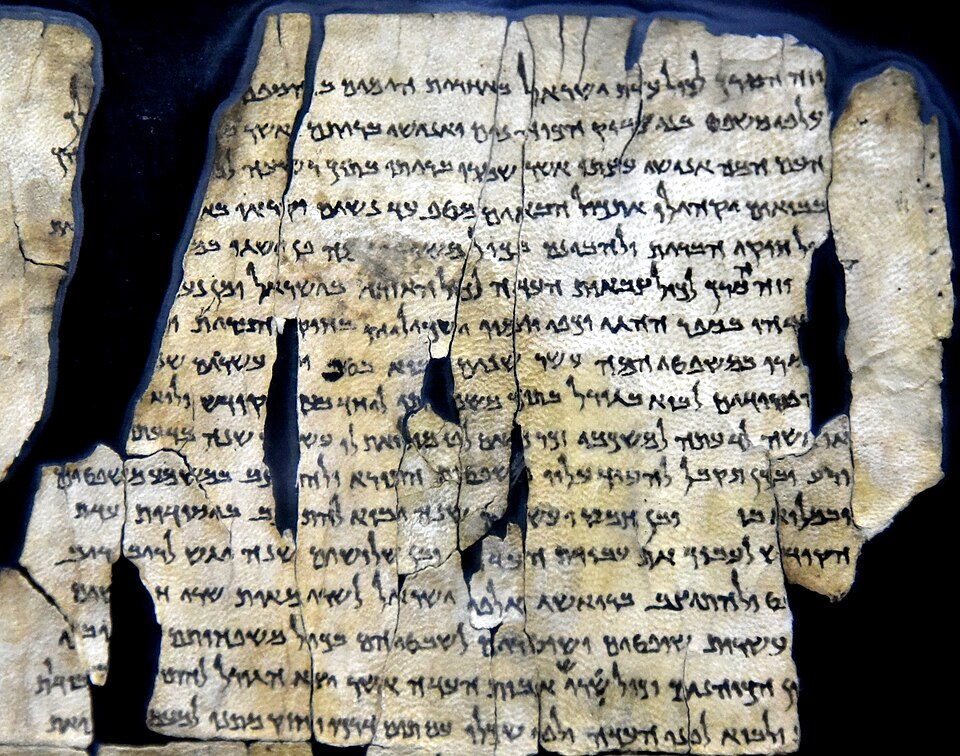
7. The Cultural Context of the Dead Sea Scrolls
Found in the 1940s beside Qumran, the Dead Sea Scrolls do not refer to Jesus by name, but they shed light on the religious scene during his day. Writings such as the Messianic Apocalypse (4Q521) speak of miracles healing the blind, raising the dead which are similar to those in Luke 7, both referencing Isaiah.
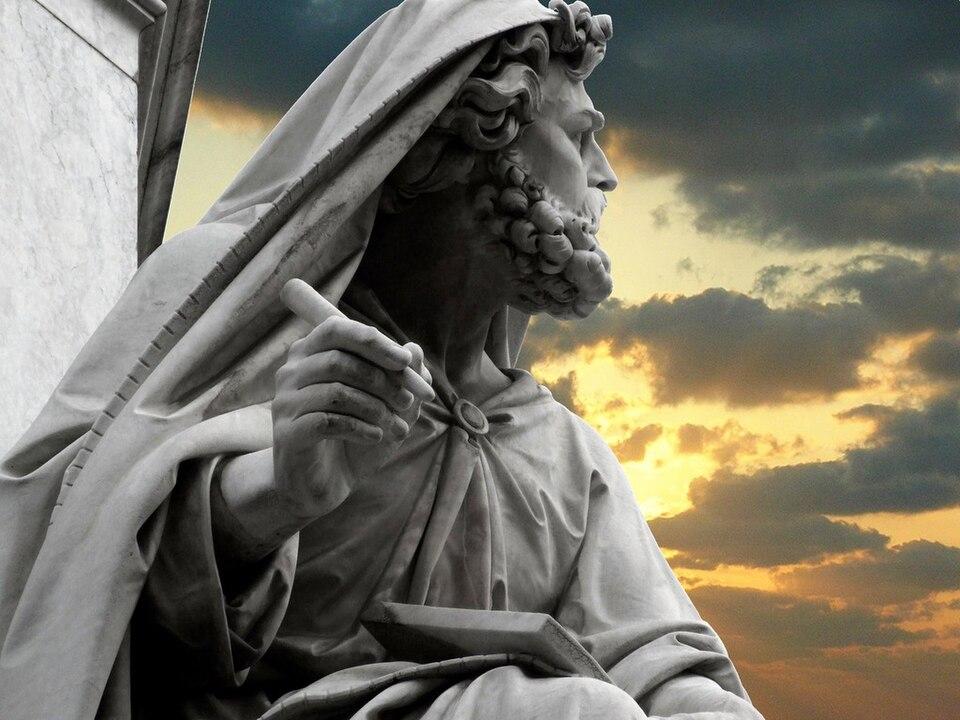
As scholar James C. VanderKam observes, the scrolls demonstrate that the early Christian concepts were based on larger Jewish traditions. They also explain how Jesus’ message would have resonated or conflicted with various Jewish factions, providing a fuller context to understand his life and ministry.
All in all, these artefacts, places, and books don’t settle all the arguments about Jesus’ life, but they make one thing difficult to discount: he wasn’t a mythical creation. From the Pilate Stone to the simple remains of Nazareth, the proof places Jesus firmly within first-century Judea. For those who want to untangle history from religion, these finds provide a secular foundation, a testament that the man at the centre of the world’s largest faith trod the same earth as ourselves.


